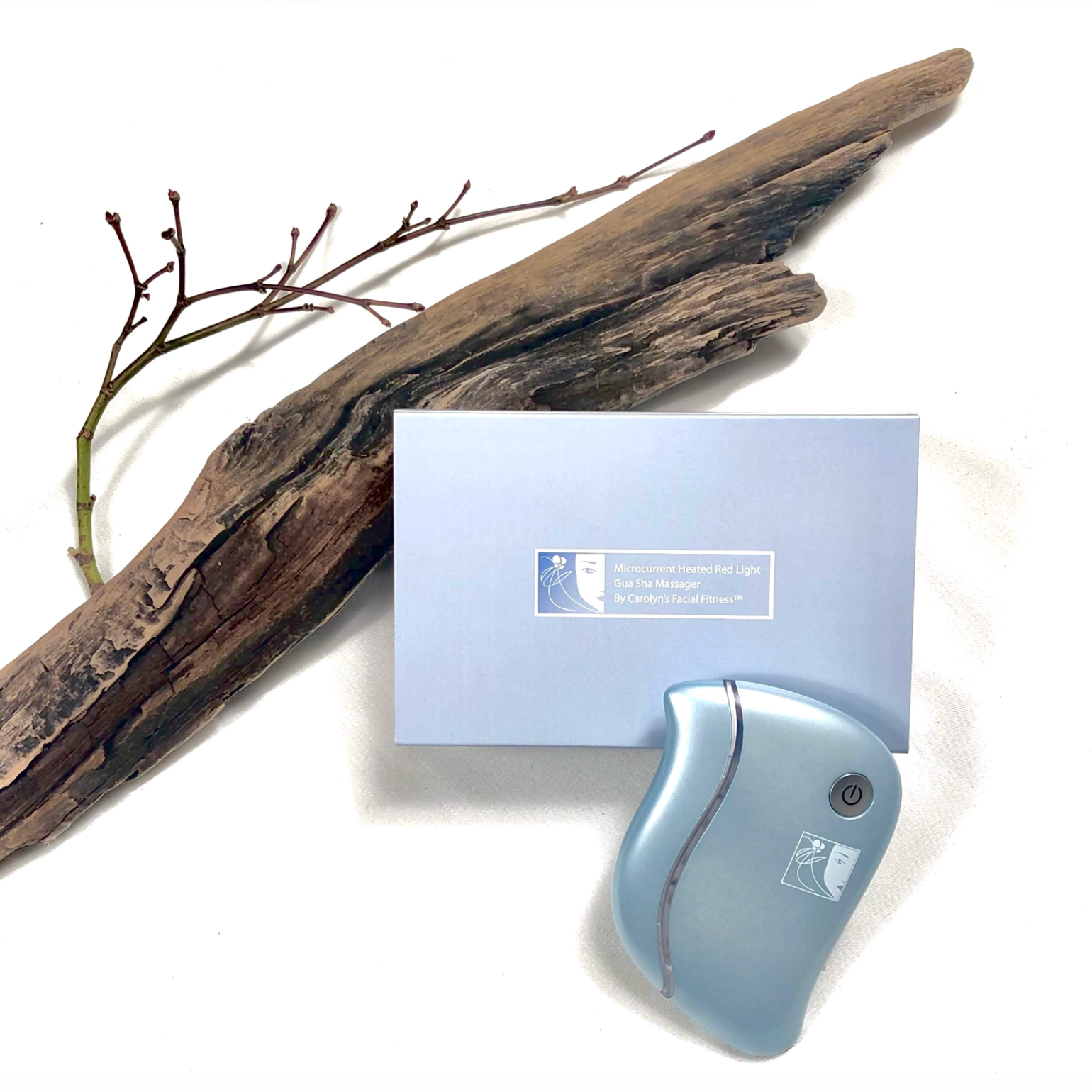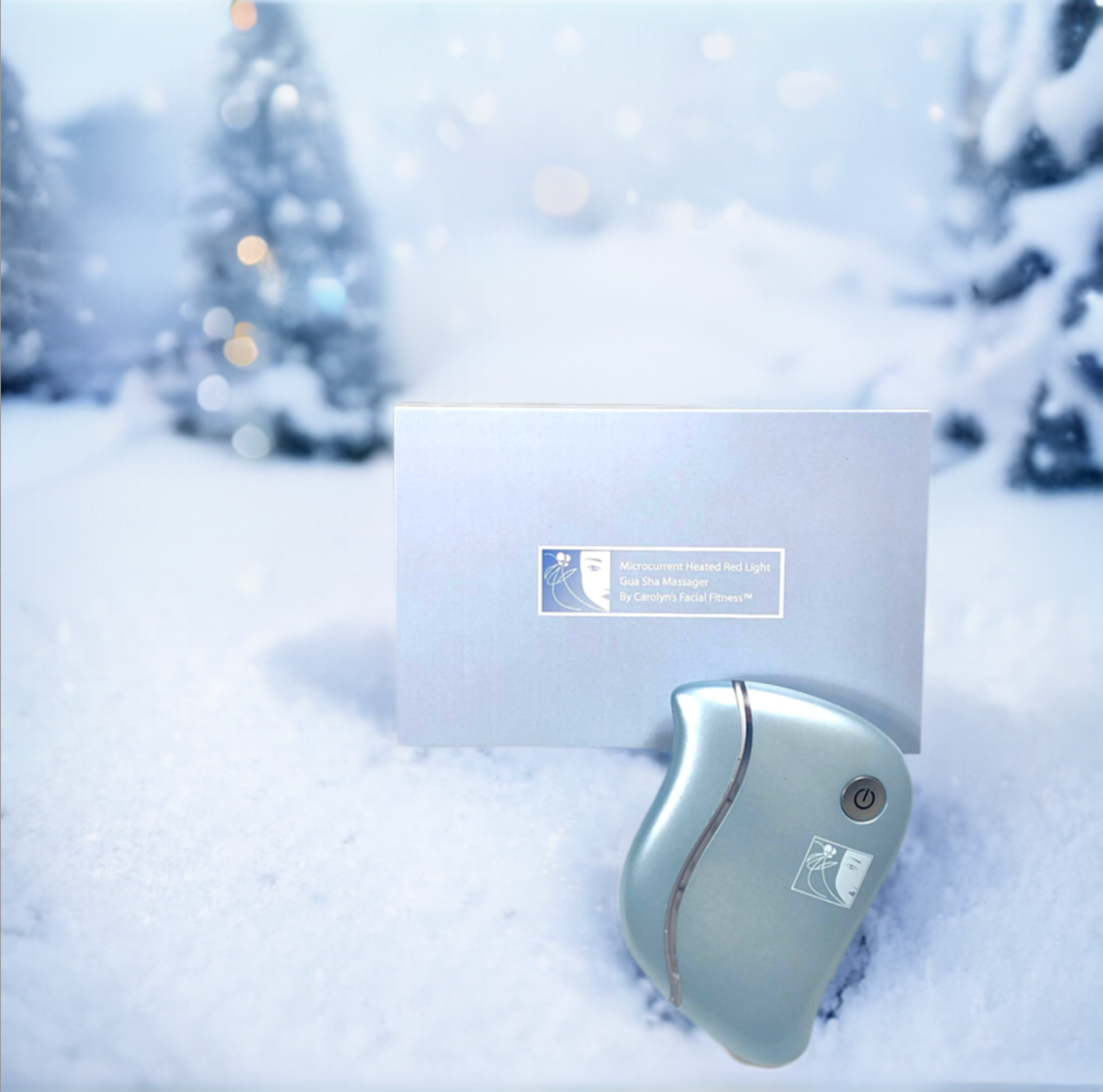Over the years every once in a while I would have a client report to me that they could not perform a certain aspect of an exercise routine. My advice to them was to keep on attempting to make the movement and eventually they would be able to execute the technique properly. I gave this advice from past experience. Every so often I would have a client who could not perform some aspect of the exercises, but with diligence, they always became successful. But, this got me wondering why some people had such a difficult time moving a part of the face that seemed to be pretty simple for others.
Why Can’t You Perform that Facial Exercise?
One person reported to me she could not pull the left side of her mouth towards her ear. After many attempts, she was successful, but it took her quite some time. Then, one of my affiliates, Jaana posted this great article on her website and everything I had been wondering about was finally explained to me with satisfaction.
She had read an article, Selection for Universal Facial Emotion from researchers that found not everyone was created equal when it came to the number and in some cases the “type” of muscles they have in their face. In fact, many people are actually “missing” certain muscles in the face and this can inhibit them temporarily in being able to make certain movements that facial exercises demand.
The facial muscles that are most often missing are:
- Risorius – Pulls the corner of your mouth to the side
- Zygomaticus minor – Lifts the corners of the mouth towards your ears
- Corrugator supercilli – “The frowning muscle”
- Procerus – Helps flare the nostrils
- Nasalis – Compresses nasal cartilage
- Depressor septi – Pulls the wings of the nose down and constricts nostrils
Missing Muscles Do Not Have to be a Handicap
The literature states that there are universal facial expressions, such as happiness, sadness, fear, surprise, etc… and these can be read on the faces of any people in any culture. The muscles needed to reflect these emotions in the face are present in everyone. However, there are a few muscles, as mentioned above that some people may not have in their faces, but they are also not needed for showing these basic universal facial emotions. On this website, you can find the Facial Action Code that lists the emotion, the facial muscle needed to reflect that emotion in the face and a photo of a person demonstrating that emotion. As you can see, many of these expressions are those we attempt to perform with “gusto” when practicing facial exercises.
In Conclusion – What to Do?
My advice to anyone having difficulty in performing one of the CFF facial exercises was correct. We can “compensate” for loss of a certain muscle like the Risorius by only “attempting” to perform a certain exercise. Eventually, you will have success in executing the movement properly and fully.
Since the muscles in the face are intertwined and often attach into each other (as well as going through the skin, thus allowing us to show facial expressions), when you attempt to say, pull back the corner of the mouth, even if you don’t have the Risorius muscle there, the other muscles will eventually “take over” and execute the proper formation so that you can pull back the corner of the mouth with ease. Therefore, anyone can perform all the movements necessary in the CFF facial exercise program and achieve a balanced, elegant build on the face that defies the aging process and allows us to look years younger than our actual age.



